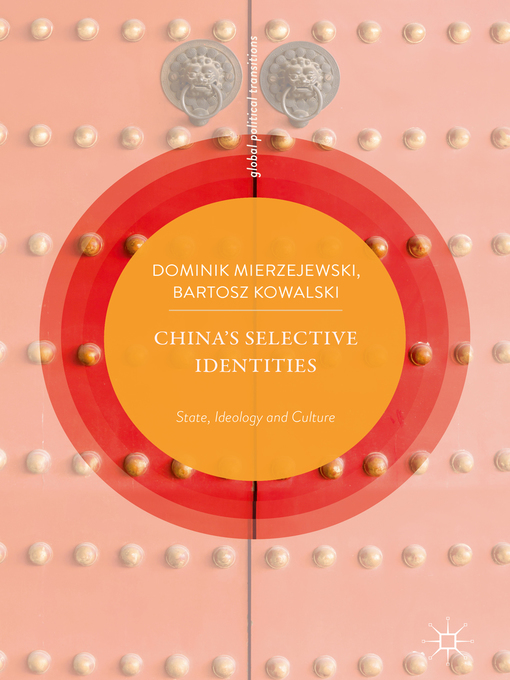- All
- China
- Team Building
- Data Analysis & Visualization
- Economics
- Emerging Technology
- Leadership
- Organizational Change Management
- Technology
- Time Management
- DOC Staff Picks
- Summer Staff Picks
- See all
-
Description
-
Creators
-
Details

- Dominik Mierzejewski - Author
- Bartosz Kowalski - Author
Kindle Book
- Release date: September 5, 2018
OverDrive Read
- ISBN: 9789811301643
- Release date: September 5, 2018
EPUB ebook
- ISBN: 9789811301643
- File size: 928 KB
- Release date: September 5, 2018
Formats
Kindle Book
OverDrive Read
EPUB ebook
subjects
Languages
English
